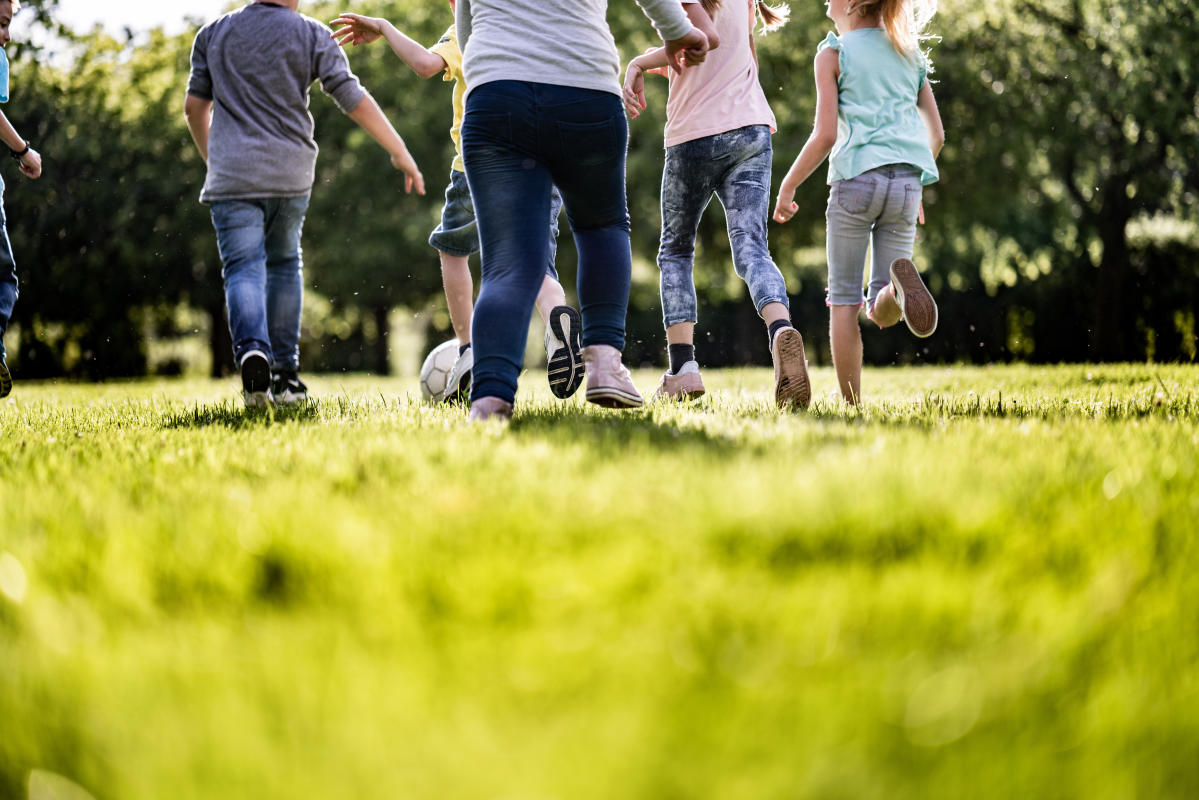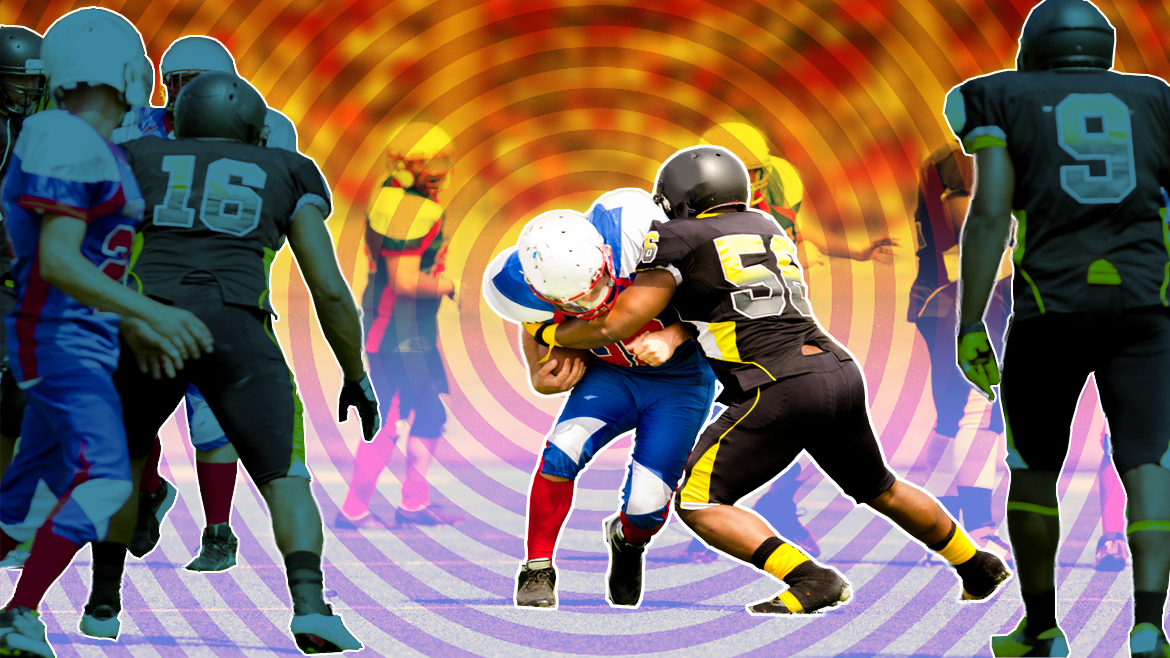Although the U.S. is seeing a record number of COVID-19 vaccinations, with 4.6 million administered last Saturday alone, the nation is still seeing an uptick in cases. And of particular concern among health experts is the recent increase in cases among teens and children.
Coronavirus case rates are at a record high among those ages 19 and younger in hard-hit Michigan, and have more than quadrupled from a month ago, according to state data published April 6.
Dr. Rochelle Walensky, director of the Centers for Disease Control and Prevention, called attention to the rise in cases in Michigan and Minnesota last week. “In both of these states, there is concern about transmission in youth sports — both club sports as well as sports affiliated in schools,” Walensky said. She added that as cases increase in the community, she expects to see an increase in cases identified in schools, but was quick to point out that it’s not necessarily because of school-based transmission.
“We have enough data to show that when schools keep at least 3 feet of distance [between students], making sure children are wearing masks, making sure that we have handwashing stations, that those are settings that are incredibly safe,” said Yahoo News Medical Contributor Dr. Kavita Patel. But when it comes to social and recreational activities like organized sports and summer camps, she flags them as high risk for the coronavirus.
Patel pointed to other reasons for the increase in cases among children and teens.
“We know that the variants, especially B.1.1.7, is more infectious, and it’s more dominant across the U.S. So you would imagine that it’s just going to infect everybody at a higher rate, especially those who are unvaccinated,” she said.
A vaccine for widespread use among people younger than 16 hasn’t yet been approved for emergency use by the Food and Drug Administration. However, Pfizer has submitted a request for the FDA’s approval for use of its vaccine in children ages 12 to15 after research showed it was 100 percent effective in this age group.
“Because the majority of older adults are being immunized, we are seeing these variants going into bodies that are not immunized, and that’s younger children, and those can manifest with different symptoms,” Patel said.
She noted that mitigation efforts implemented at the start of the pandemic are now being loosened in a number of states. “It’s a combination of probably the fact children before were infected, but at a much lower rate because they were not in school, they were not present during youth sports,” she said. “We were not doing testing of children in the beginning regularly, so I would caution anybody from trying to compare it to a year ago.”
Patel said it’s highly likely that children were asymptomatic carriers. “We certainly know this to be the case for children over the age of 12. … At younger ages, we had evidence that children under the age of 12 had high loads of the virus in their nose, even without symptoms.”
With previous coronavirus strains, experts found that cases present in daycare centers or schools came mainly from adult-to-child transmission. But Patel said experts are now seeing that transmission between children, or from children to adults, can happen. “It’s been in the context of schools that have not had mitigation strategies and enforce them, like masks and distance, as well as contact sports, youth sports teams and people getting together, even if they’re outdoors.”
Patel said this is why Americans still have to be cautious and wear masks outside their homes, even if they’re fully vaccinated. And for adults looking to sign up children for summer camps, she recommended asking about mitigation efforts and testing protocols: “You can’t test your way out of coronavirus, but you can pick up cases that don’t have symptoms, and that can be very helpful.”
____
Read more from Yahoo News:



